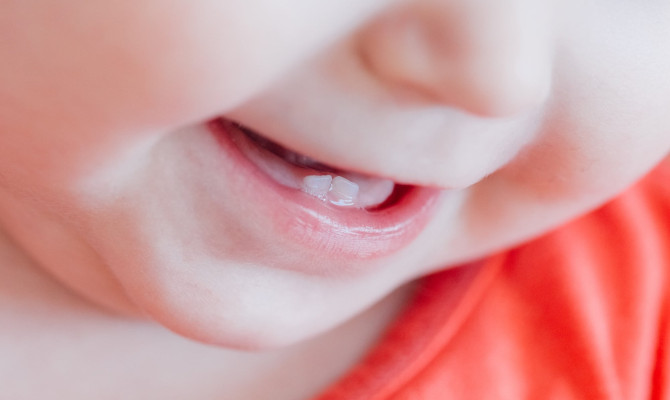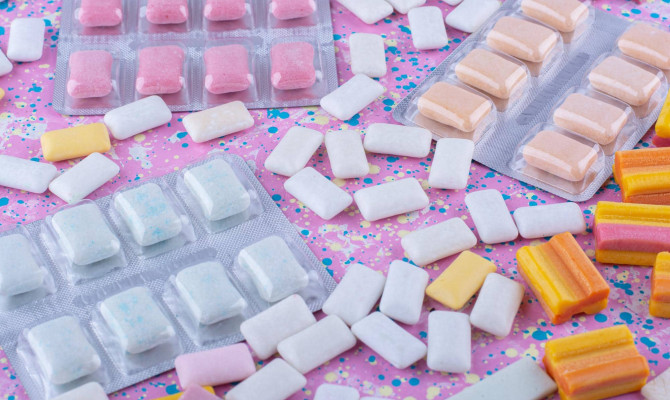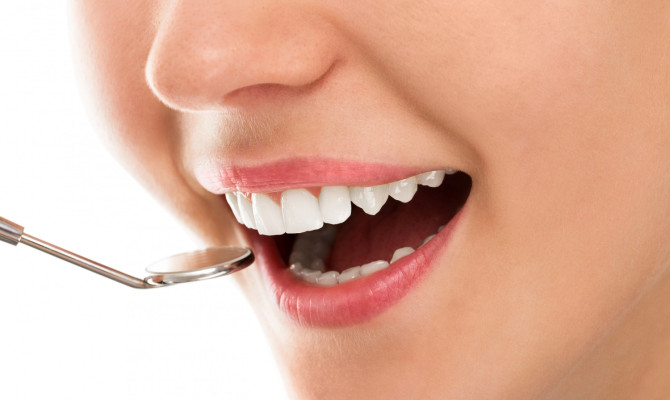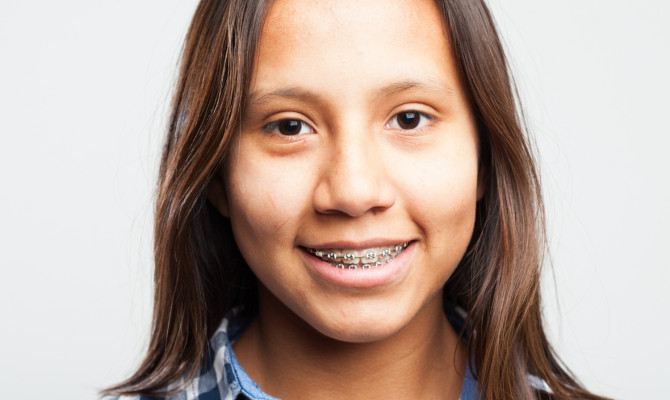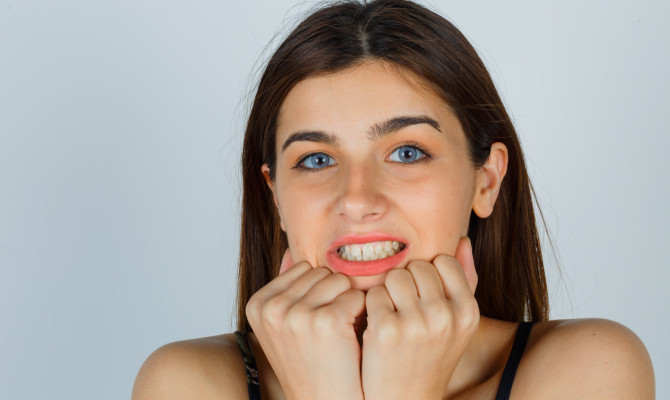Uses & Side Effects Of Pacifier: How To Fix Pacifier Teeth?

- Baby Teeth
- 11 Oct 2023
Overview
Pacifier Teeth
Pacifier teeth are a condition caused by the continued usage of pacifiers. A baby’s teeth begin to form in the uterus and continue to develop throughout infancy. During this stage, anything left in a baby’s mouth for an extended period of time might hurt their dental cavity. The process of weaning your child off the pacifier may appear lengthy and arduous. Expect tears and difficult nap times, but remember to be strong. They will soon forget about their pacifier. 7 Overview | Researched based study from Dentaly
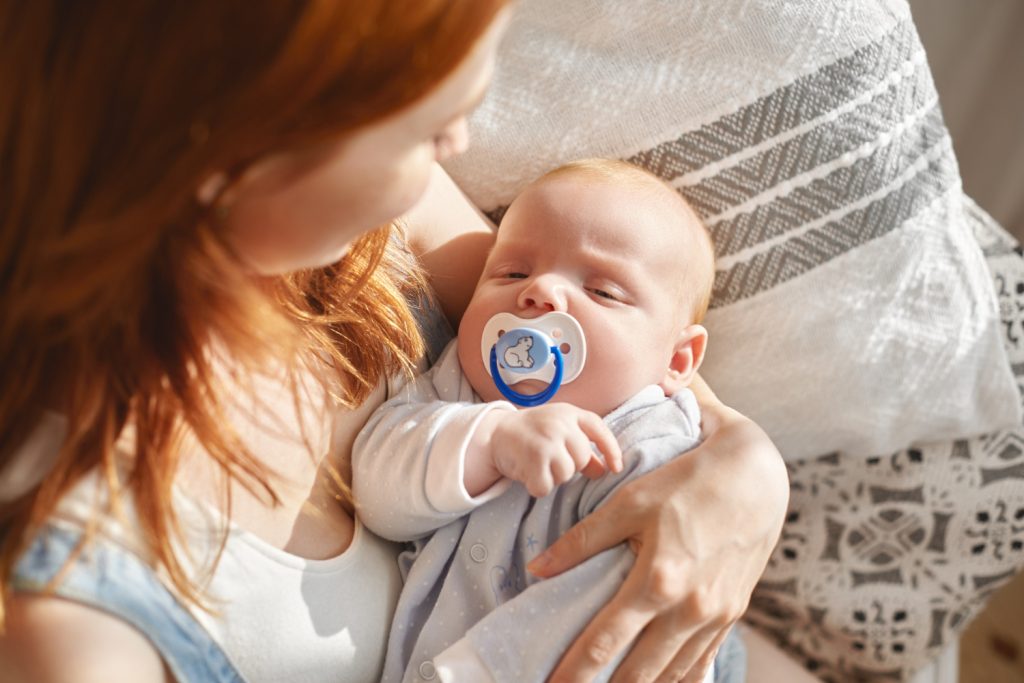
Uses
Why are Pacifiers Used?
Despite worries about teeth issues, pacifiers are used for a variety of purposes that benefit many newborns, including:
- Pain alleviation and distractions from injuries, operation wounds, and so forth.
- Reduces the incidence of SIDS (sudden infant death syndrome)
- Encourages newborn sucking habits
- Calm a cranky child
- Assist your youngster in falling asleep
- Make it easy for babies to travel by airline
- Provides a superior alternative for thumb sucking by satisfying the suck reflex, and the several newborn reflexes that children are born with. 2 Pacifier Uses | Researched based study from DocMode
Prevention
How to Avoid Pacifier Teeth?
The goal is to figure out what works best for your youngster. Some ideas are as follows:
- To begin, paying attention while removing your child’s thumb or pacifier is a great approach to assessing their risk. They are more prone to develop a problem if it is difficult to get rid of or makes a loud, smacking sound.
- Pacifiers are also preferable to thumb-sucking since it is much easier to regulate the child’s access when it is time to quit. 9 Prevention| Researched based study from Complete Dental Care
- Limit the time they use the pacifier gradually. Keep the pacifier for nighttime only, or inform your child that it may only be used in their bedroom.
- Hide the pacifier sometimes because if your child cannot find their pacifier, it will be much simpler for them to break the habit.
- Infants are not normally in danger since sucking is natural and they do not yet develop their milk (primary) teeth. However, you should try to wean your youngster off the habit by the age of two.
- Reward and congratulate your youngster for getting rid of the pacifier. A little compliment goes a long way.
- Allow them to choose a new toy instead of their pacifier. Offer a unique item or gift as a substitute for the pacifier for toddlers.
- Another source of comfort, such as a blanket or plush animal, should be provided.
- Ascertain that all of the baby’s carers are on board with the weaning strategy. If you have any further questions regarding weaning your kid off of a pacifier, consult with your physician. 6 Prevention| Researched based study from Nationwide Children’s Hospital
Treatment
How do I Fix Pacifier Teeth?
A pediatric dentist will examine your child’s jaw, tooth structure, bite, and oral cavity. They will examine your child carefully to establish the specific help he or she requires for oral health. Depending on the circumstances, your child may require an appliance for the mouth device to correct the problem.
The following are some examples of common orthodontic appliances:
- Retainers.
- Braces.
- Expanders.
- Head-gear.
- Bite blocks.
- Surgery. 5 Treatment | Researched based study from Stanford Medicine Children’s Health
Other methods like:
Avoid putting anything sweet in your child’s pacifier:
- When their kid refuses to use a pacifier, some parents get frantic.
- As a result, parents frequently dip their child’s pacifier in juice, jelly, or other sweet treats or liquids.
- This can lead to an increase in germs and sugars in the mouth, which can contribute to tooth decay.
Pacifiers should not be used after the age of two or three years:
- The age at which a child should stop using a pacifier differs.
- A suitable age to quit pacifiers is when your child is in his or her second year.
Use the pacifier during naps and during the night:
- The less time the child stays with a pacifier within their mouth, the less probable it is that it will have an effect on their mouth.
- Because of this, some parents limit the use of pacifiers to nap and bedtime.
- This reduces the amount of strain on the mouth and teeth. 5 Treatment | Researched based study from Stanford Medicine Children’s Health
Side Effects
Side Effects of Using a Pacifier
Pacifier usage can result in a variety of dental problems, including:
- Overbite.
- Speech impairment caused by an open bite.
- Mouth roof deformity.
- Buck teeth.
Many of these tooth development difficulties can be prevented with early detection and pacifier removal. 6 Side Effects| Researched based study from Nationwide Children’s Hospital
Does a pacifier affect speech?
- Pacifier usage for an extended period of time may result in increased ear infections, abnormalities of teeth along with additional oral structures, and difficulties with language and speech.
- Many medical professionals recommend that pacifier usage be discontinued between 12 to 18 months of age when language and speech growth truly begin to “take off.”
- Also, around this age, toddlers often begin the transition from bottle consumption to cup drinking, as well as begin chewing more solid meals, which promotes oral-motor development.
- When toddlers reach the age of two, they begin to acquire routines and make their own demands, therefore it is best to address the pacifier problems before the kid becomes demanding. 3 Side Effects | Researched based study from South Carolina Program for Infant / Toddler Care
FAQs
Frequently Asked Questions About Pacifier Teeth
Q. Will pacifier teeth correct themselves?
- There is some positive news for parents who are concerned about their child’s dental development as a result of pacifier use.
- If your child quits taking the pacifier by the age of two to three, their teeth may correct themselves.
- If they do not stop using pacifiers soon, kids will most likely require orthodontic treatment to fix difficulties.
- At the age of four, a child’s adult teeth begin to develop. At this time, braces or similar orthodontic equipment are frequently the sole option for pacifier teeth. 1 FAQs | Researched based study from WonderBaby.org
Q. At what age does a pacifier affect teeth?
- To prevent pacifier dangers, wean the child from the pacifier within their later 6 months of life.
- By intervening early, they can avoid pacifier teeth and infections in their ears.
- Parents cease using pacifiers by 18 months old to avoid short-term damage to infant teeth and by 3 years old to avoid permanent damage.
- Non-nutritive sucking after this time may cause long-term harm to a child’s permanent teeth.
- It is entirely up to you when to wean your child off the pacifier. However, most experts think that starting between the ages of 2 and 3 years old is a good idea. 1 FAQs | Researched based study from WonderBaby.org
Q. Will pacifier teeth go back to normal?
- Pacifier teeth can go back to normal if your child quits taking the pacifier by the age of two to three years.
- But if it is beyond this then the children might need an orthodontic treatment to fix their difficulties. 1 FAQs | Researched based study from WonderBaby.org
Q. What age should pacifiers be taken away?
- It is okay to give your infant a pacifier during nap or sleep until the age of one.
- If your kid is a little older. It is acceptable to maintain the pacifier until the age of 3, but only use it to assist your infant’s sleep. 4 FAQs | Researched based study from Cleveland Clinic
- The pacifier must only be utilized on an as-needed basis.
- Pacifiers are used by babies and early toddlers to help them sleep or to calm themselves after having a tantrum.
- However, your young child should not take his or her pacifier all day while roaming about the home and developing language abilities. 1 FAQs | Researched based study from WonderBaby.org
Q. What is an alternative to a pacifier?
- Your pinky finger is an inexpensive, convenient, and always-present pacifier alternative.
- When you find yourself wishing to comfort your baby by offering him anything other than a breast to suck on, you may always use a (clean) tiny finger.
- Simply flip the hand palm-side up and enable your baby to suck on the tip of your pinky finger, softly resting it on the roof of their mouth. 8 FAQs| Researched based study from HealthyChildren
Q. Do doctors recommend pacifiers?
- Yes. Many dentists, however, would suggest particular pacifiers designed to avoid pacifier teeth.
- Orthodontic pacifiers are among the greatest pacifiers for a child’s oral health.
- An orthodontic pacifier has a flat nipple rather than a circular nipple.
- This simulates the form of a breast nipple instead of a bottle nipple in your child’s mouth.
- The more natural form puts less strain on your child’s mouth’s aberrant parts. 1 FAQs | Researched based study from WonderBaby.org
Conclusion
Pacifier are Best when Used with Caution
Pacifier usage in newborns and children is still debatable and a personal choice for today’s parents. Pacifier teeth constitute a frequent dental issue that can be treated with orthodontics. Thumb-sucking or pacifier usage can result in tooth misalignment, overbite, or similar dental disorders that impact both the look and functionality of teeth. Pacifier teeth can be eliminated or mended by discouraging these practices and getting dental care early, enabling healthy and attractive teeth. Pediatricians along with other child health care professionals must be cautious when counseling parents about the appropriateness of pacifier usage and be mindful of the evidence that exists to support this guidance.
Any feedback on this article?
 This Articles content was accurate
This Articles content was accurate Very Informative Article
Very Informative Article I have a question or a comment
I have a question or a comment
 This article contains inaccurate content
This article contains inaccurate content This article was not helpful
This article was not helpful I have a question or a comment
I have a question or a comment
We appreciate your helpful feedback!
Checkout our social pages
References
-
WonderBaby.org
FAQs
-
DocMode
Pacifier Uses
-
South Carolina Program for Infant / Toddler Care
Side Effects
-
Cleveland Clinic
FAQs
-
Stanford Medicine Children’s Health
Treatment
-
Nationwide Children’s Hospital
Prevention | Side Effects
-
Dentaly
Overview
-
HealthyChildren
FAQs
-
Complete Dental Care
Prevention












